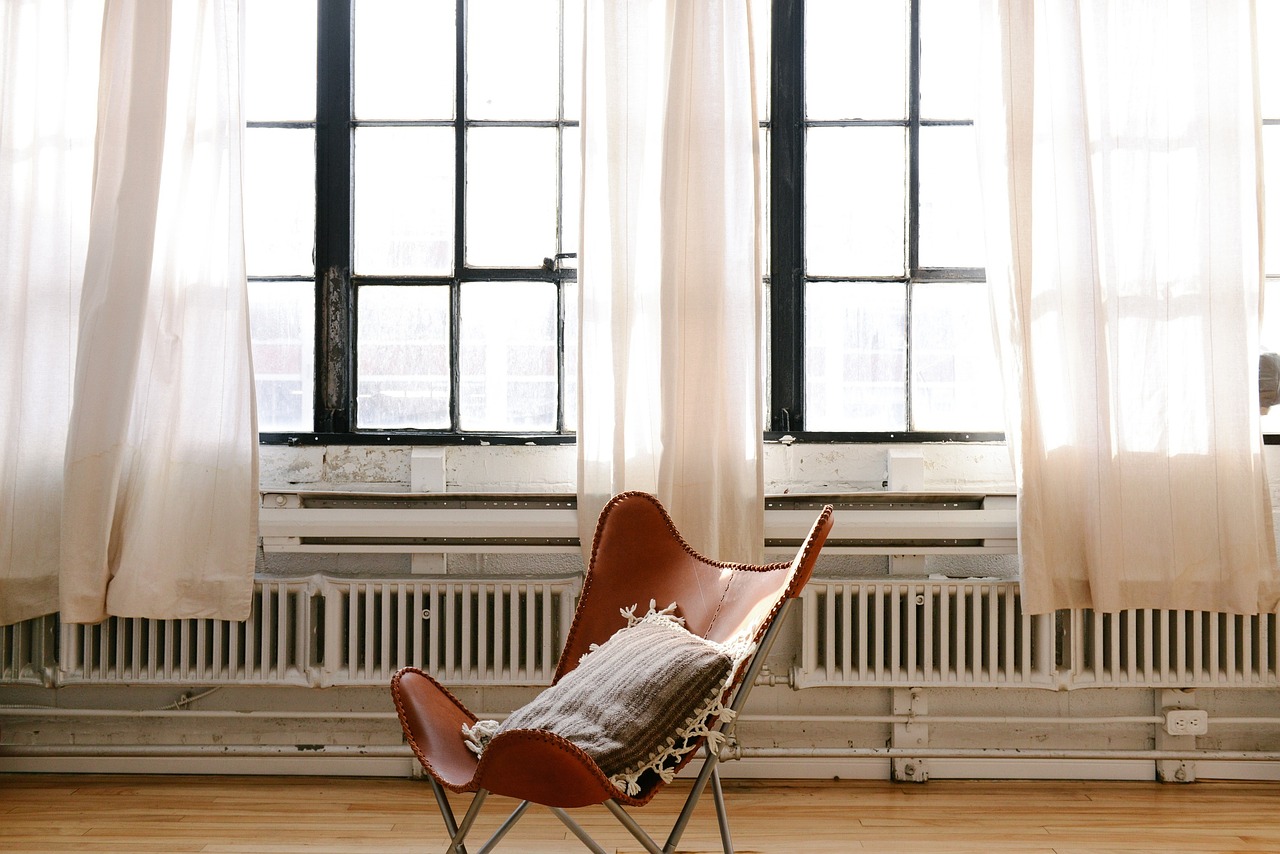There is a certain magic power we have here in the UK when it comes to conversation. No matter who you’re talking to, regardless of where you are or what time of year it is, you can easily get someone talking about the weather when you’re out and about.
I don’t know if you’ve noticed, but there’s been a slight shift in recent months, especially for those of us who are having to catch up with friends and family across Zoom and the like. A lot of my friends have become obsessed with their heating. Some of them have got fancy little tablets like screens that show them how much heating is being used to the penny. Those working from home have been on it like a hawk anytime they get an email asking to submit a reading (a unique benefit of working from home). By the way, if you are at home reading this, check out this article on five easy ways to get heating bills under control.
And then there are those of us who have become self-confessed home heating experts in the last few months, myself included. When the weather was particularly bad over winter, attention quickly turned to our radiators and making sure they were working OK. They unsurprisingly were all in good nick, but it wasn’t that which came as a surprise.
I realised that certain rooms were not being heated correctly. If you didn’t know, every room in your home has a unique BTU rating. BTU stands for British Thermal Unit. Scientifically (don’t quote me on this), it’s the amount of energy needed to raise the temperature of a space by 1°C. In reality, it’s a figure for a room that tells you how much heat it needs. That figure is represented by your radiators which each have their own BTU rating. If they aren’t up to scratch or too small, your room can’t hit its desired BTU. Honestly, have a quick search online for heating calculators, get the tape measure out and see whether your radiators provide enough heat.
If/when they aren’t, you might panic and think, “right, time to get everything replaced”. That would be making a mountain out of a molehill when you could be doing the exact opposite. That’s where electric heating comes in. Imagine your living room needed to get to 1500BTU, but your radiators only get to 1000BTU. Without ripping radiators out and getting bigger ones installed, you can get a small electric radiator on the wall to help get that number up.
A few UK-based radiator stores specialise in electric heating, with Trade Radiators being one of the top names (they do free mainland UK delivery!). Have a look around online and see what types of electric radiator you can get. Why would I recommend a radiator over something like a little blow heater or portable radiator? Cost.
A dedicated electric radiator will work alongside your existing radiators and run at a lower consumption rate than portable heaters. I know for a fact this will come in handy in the summertime whenever you tend to have the central heating off in the warmer months but might still need a little push in the evening when there’s a chill in the living room, bedroom, or kitchen. Would you rather have a little electric radiator on in the one space you need it, or turn the heating on for the whole house just for one pesky room? Again, we’re looking to avoid making a big deal out of heating.
Even if you think your home heating is currently in tip-top shape, take an hour and go around room to room to see if the radiators are working their charm and meeting the heating requirements. That goes doubly if you’re someone who always find themselves cranking the radiator valves up to five – something you never really need to do (if you didn’t know, most radiators in the UK should be able to keep a room warm with the valve set to two or three).
If you’re reading this and already think that you have a few rooms which never get up to temperature, and you know they’re well insulated, it could simply be the case an electric radiator is going to solve your problems without needing to rip floorboards up and getting pipework done. And of the off-chance you were thinking of doing so, here’s a nice article on having vinyl flooring at home.
this is a collaborative post



